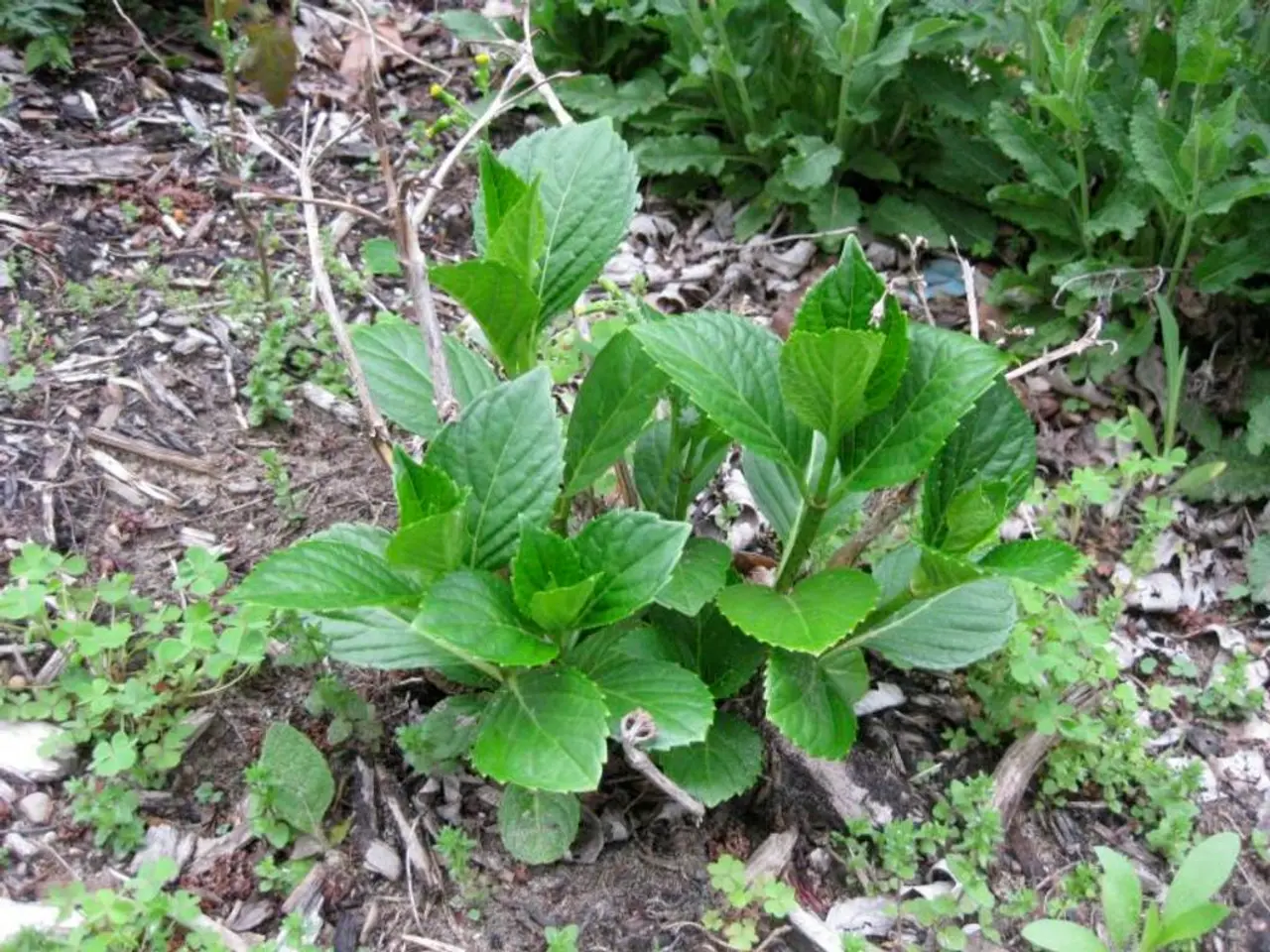Cultivating and Nurturing Calla Lilies (Zantedeschia): A Comprehensive Guide
Calla lilies, not to be confused with true lilies, are a popular choice for garden enthusiasts due to their striking appearance. Originating from South Africa, these plants have become a staple in many homes and gardens.
Calla lilies grow from thick rhizomes or fleshy roots that are sold when dormant in winter or spring. They can be grown in the garden, in pots or in a border - a bright, well-lit spot out of the strongest midday sun is ideal.
These plants flower from early to late summer on sturdy, upright stems. The lush leaves of calla lilies are wide and bright green, often speckled with white or silver. Most calla lilies are frost tender, and the rhizomes or fleshy roots can be stored over winter and then replanted the following spring.
For those growing calla lilies indoors, it's essential to provide a suitable environment. Aphids may be a problem on calla lilies, particularly on plants growing indoors. Regularly inspect the plants and remove any aphids or affected leaves to prevent infestations. Calla lilies must be sheltered from wind and should be brought indoors before the frosts and left in the pot while dormant.
In winter, dig them up and move to a frost-free spot such as a well-lit windowsill, a conservatory or a heated greenhouse. Once flowering has finished, continue watering calla lilies for several weeks until the leaves start to die back.
Regular watering is important for maintaining the lush growth of calla lilies, but take care not to over-water. Dead and faded flower stems and leaves should be regularly removed.
For those living in mild areas, there's good news. The hardy calla lily, Zantedeschia aethiopica, can be grown outside all year round. The exception is the white arum lily (Zantedeschia aethiopica), which is hardy outside in mild areas.
Breeders of Zantedeschia, or calla lilies, are primarily located in the Netherlands. Notable breeders include Asparagus Mulder and P.J. Noordam VOF.
Feeding calla lilies every three to four weeks with a liquid fertiliser high in potash, such as liquid tomato fertiliser, can help promote flowering. In late winter, repot the roots into moist compost and place in a warm spot to start into growth.
Calla lilies can be divided in late winter by dividing the rhizomes before replanting into pots kept indoors until all risk of frost has passed. Plant calla lily outside from mid-spring, after all risk of frost has passed.
In summary, calla lilies are a beautiful addition to any garden or home. With proper care and attention, these plants can thrive and provide a stunning display of flowers for many months.
Read also:
- Peptide YY (PYY): Exploring its Role in Appetite Suppression, Intestinal Health, and Cognitive Links
- Toddler Health: Rotavirus Signs, Origins, and Potential Complications
- Digestive issues and heart discomfort: Root causes and associated health conditions
- House Infernos: Deadly Hazards Surpassing the Flames








